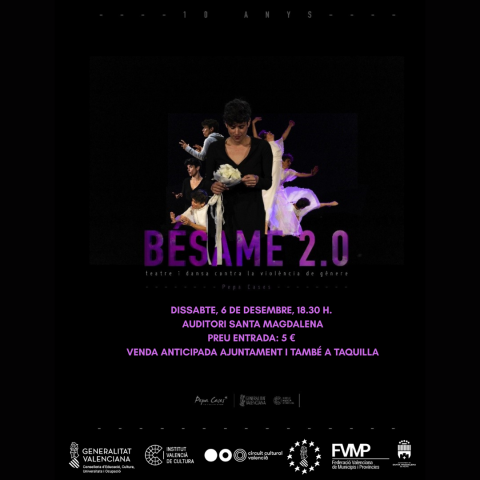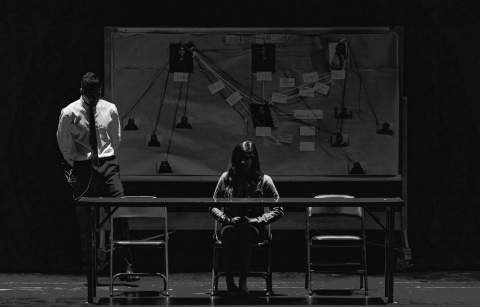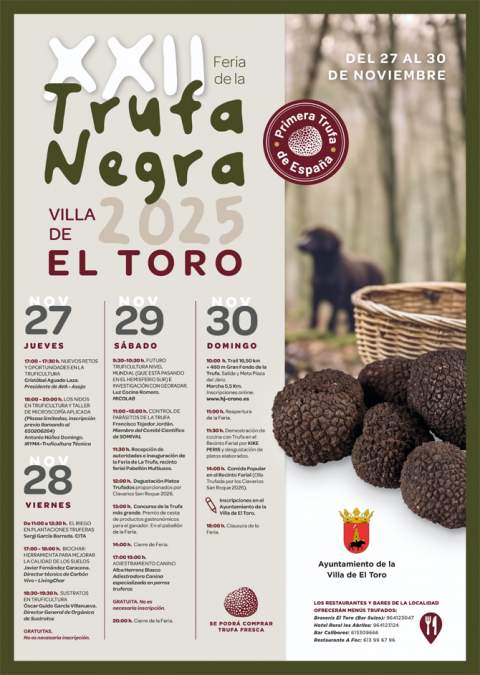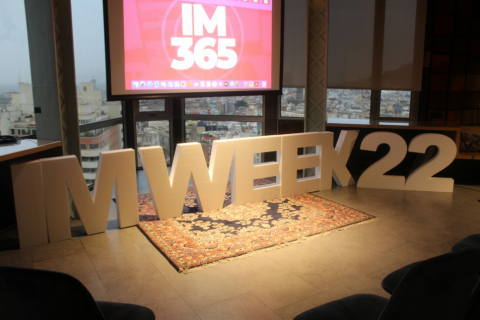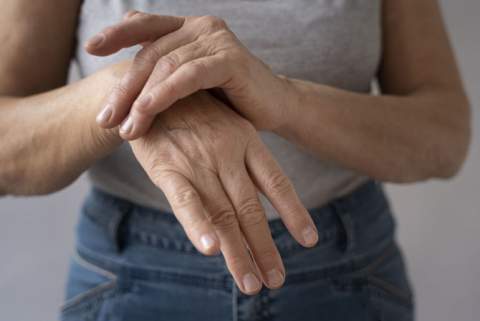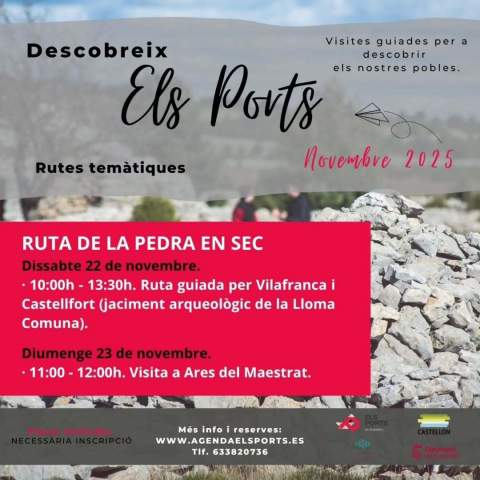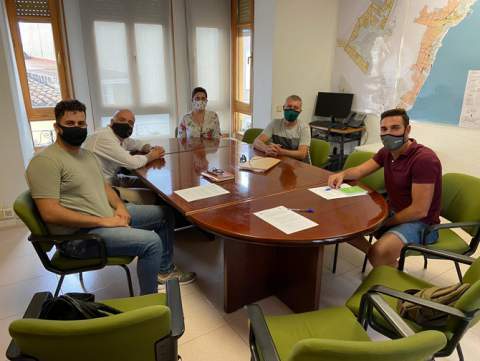During the summer months, 2,984 visitors went to the Santa Lucía Ethnological Interpretation Centre
![[Img #79782]](http://el7set.es/upload/images/09_2020/8529_0207-cie-sta-llucia-4.jpg)
![[Img #79782]](http://el7set.es/upload/images/09_2020/8529_0207-cie-sta-llucia-4.jpg)
The Alcala de Xivert CIE- Santa Lucía Ethnological Interpretation Centre, which reopened in July, adapting to the safety measures marked by the COVID-19 context, received nearly 3,000 visits during the summer months, representing a large number of the public. In fact, from 1st July up to the 13th September, they recorded 2,984 visitors, proving the interest in the local heritage among those who visit Alcala-Alcossebre during the summer. The majority of the visitors, 88%, were nationals whilst only 12% were foreigners.
Culture councillor, María Agut, emphasised that “we are happy because visitors have said that the visit was very attractive for them and that, with resources such as this, they understood more and learned about the history of our municipality and the extent of the archaeological campaigns which have been developed”.
During September and October, the CIE will remain open from Wednesdays to Sundays, including festive days, from 10.00h to 17.00h, with free entry. As safety measures, it is mandatory to use a mask, to wash your hands with hand-sanitizer and to disinfect the soles of your shoes on a mat installed at the door to the place. There is a limit of 6 people at a time, with the only exception being larger groups from the same family household.
To facilitate the advice information in a safe way, the explanatory leaflets about the Centre’s contents and the history of Santa Lucía have been scanned and transformed into QR codes which can be scanned at the entrance to the place. This information is available in Valencian, Spanish and English and is a way of preventing the handling of leaflets by various people.
Entry to the CIE is free but specialised guides will be able to show visitors the contents of the explanatory panels, models and reproductions of the archaeological remains found in the area. Also, an audio video completes the information on the historic wealth of the place and the results of archaeological excavations carried out, with finds dating from the Bronze Age, Ancient Iron Age and the Islamic period.
![[Img #79782]](http://el7set.es/upload/images/09_2020/8529_0207-cie-sta-llucia-4.jpg)
![[Img #79782]](http://el7set.es/upload/images/09_2020/8529_0207-cie-sta-llucia-4.jpg)
The Alcala de Xivert CIE- Santa Lucía Ethnological Interpretation Centre, which reopened in July, adapting to the safety measures marked by the COVID-19 context, received nearly 3,000 visits during the summer months, representing a large number of the public. In fact, from 1st July up to the 13th September, they recorded 2,984 visitors, proving the interest in the local heritage among those who visit Alcala-Alcossebre during the summer. The majority of the visitors, 88%, were nationals whilst only 12% were foreigners.
Culture councillor, María Agut, emphasised that “we are happy because visitors have said that the visit was very attractive for them and that, with resources such as this, they understood more and learned about the history of our municipality and the extent of the archaeological campaigns which have been developed”.
During September and October, the CIE will remain open from Wednesdays to Sundays, including festive days, from 10.00h to 17.00h, with free entry. As safety measures, it is mandatory to use a mask, to wash your hands with hand-sanitizer and to disinfect the soles of your shoes on a mat installed at the door to the place. There is a limit of 6 people at a time, with the only exception being larger groups from the same family household.
To facilitate the advice information in a safe way, the explanatory leaflets about the Centre’s contents and the history of Santa Lucía have been scanned and transformed into QR codes which can be scanned at the entrance to the place. This information is available in Valencian, Spanish and English and is a way of preventing the handling of leaflets by various people.
Entry to the CIE is free but specialised guides will be able to show visitors the contents of the explanatory panels, models and reproductions of the archaeological remains found in the area. Also, an audio video completes the information on the historic wealth of the place and the results of archaeological excavations carried out, with finds dating from the Bronze Age, Ancient Iron Age and the Islamic period.






